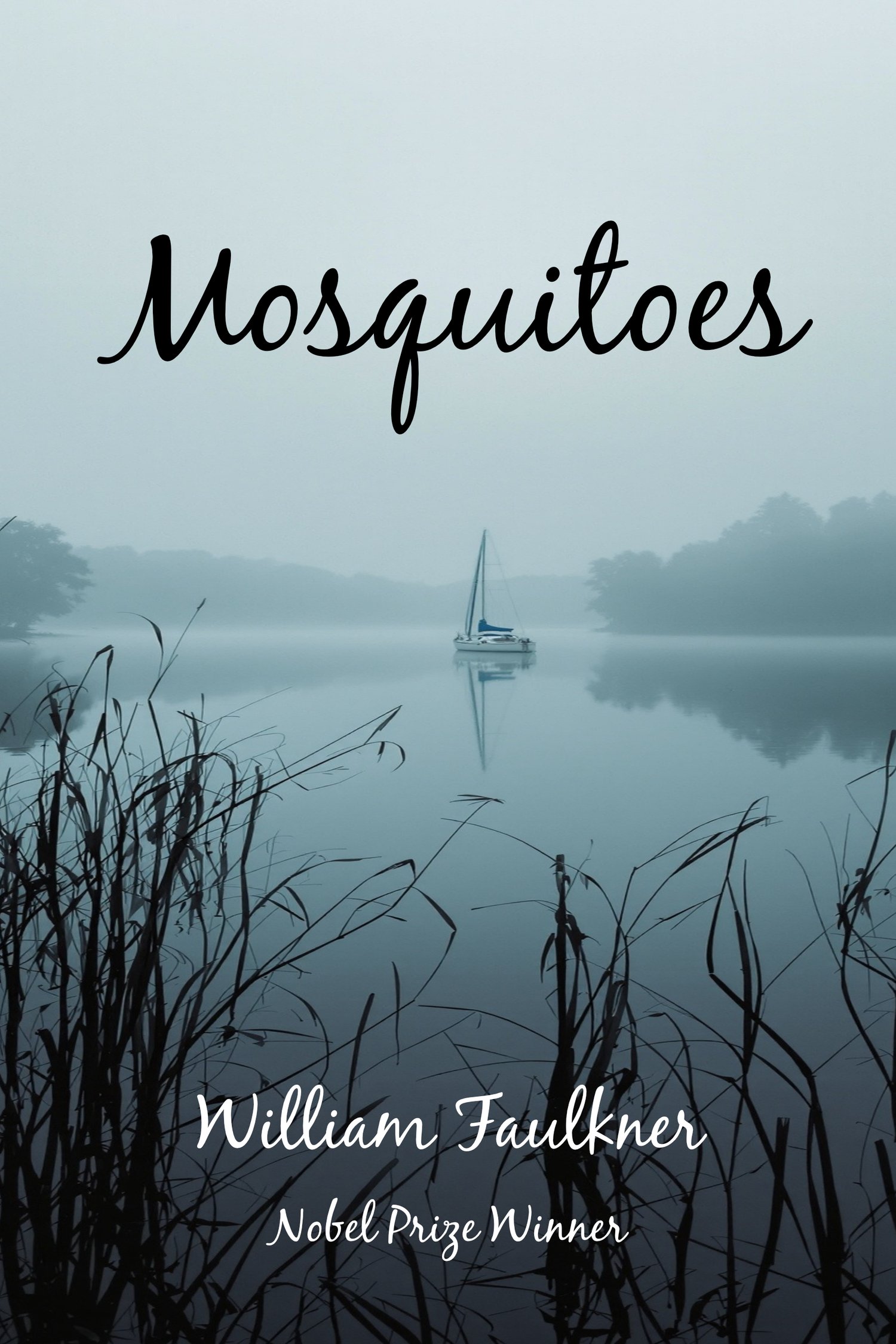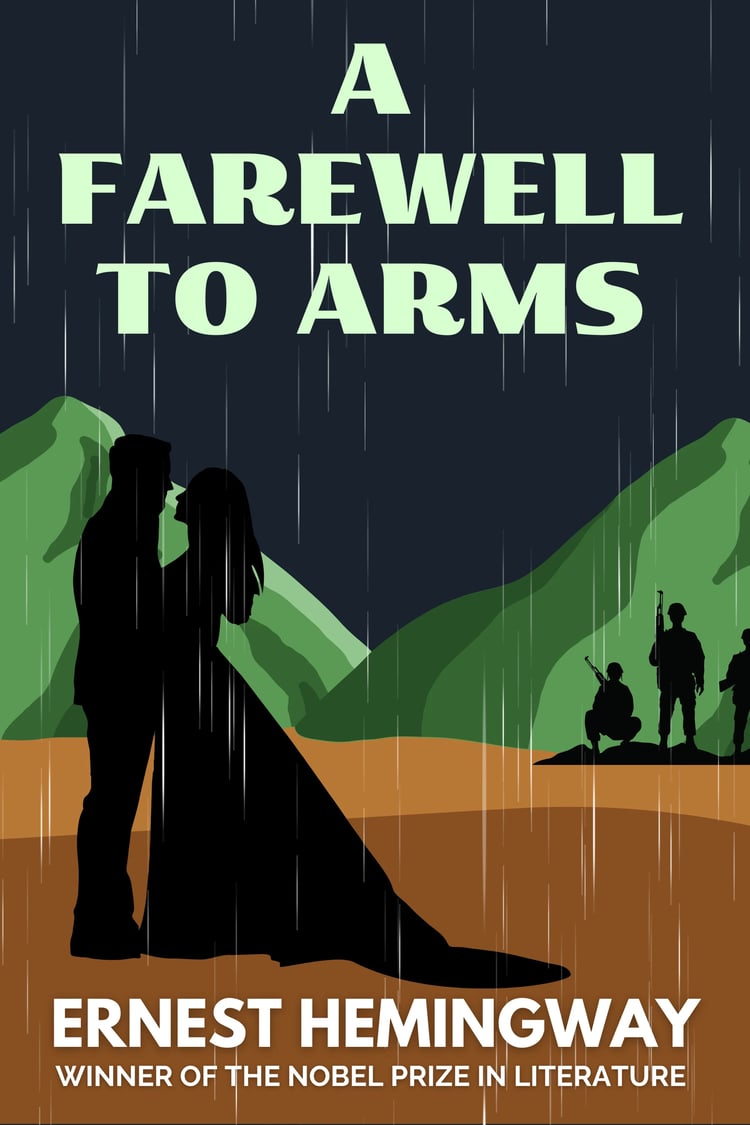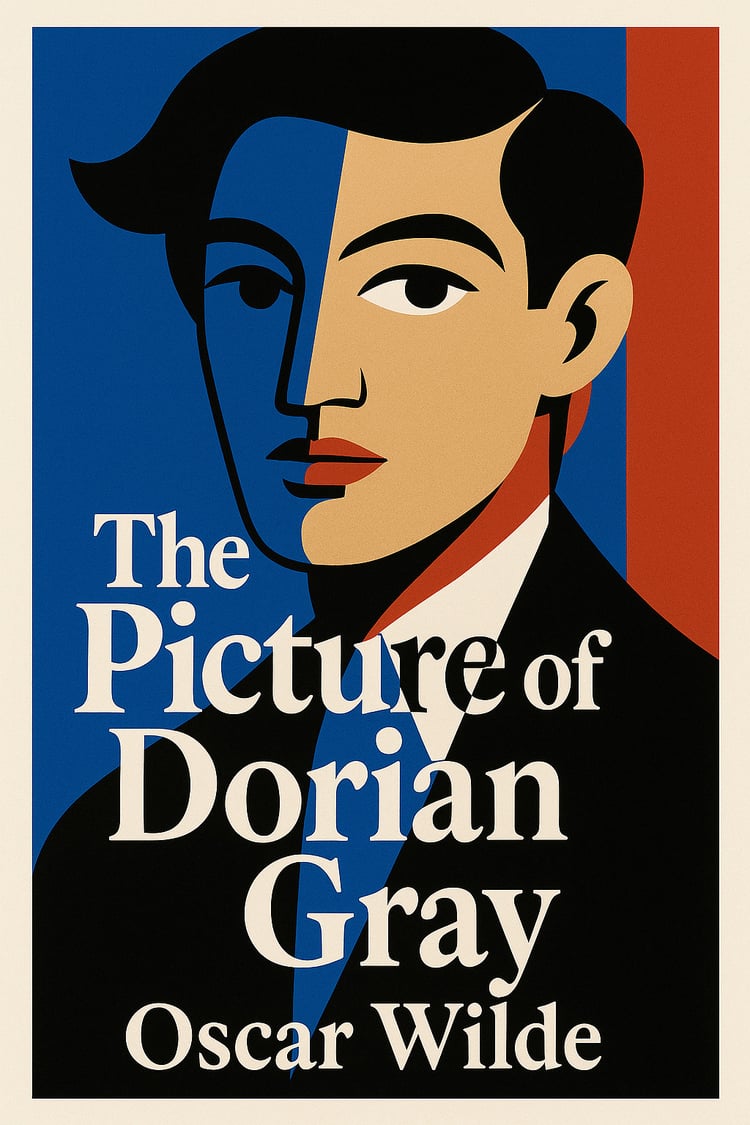
Mosquitoes
William Faulkner’s Mosquitoes is a sharp, satirical portrait of the American art world in the 1920s—its pretensions, passions, and peculiarities laid bare with biting humor. Set aboard a yacht cruising the waters near New Orleans, the novel assembles an eccentric collection of writers, painters, and dilettantes whose endless discussions about art, sex, and genius reveal far more about their own insecurities than their talents. The air is thick with boredom and desire, as the conversations drift from the sublime to the absurd.
Written before Faulkner’s great Yoknapatawpha novels, Mosquitoes offers a fascinating glimpse of the young writer honing his modernist craft, experimenting with dialogue, irony, and structure in ways that hint at the brilliance to come. Beneath its comic surface lies a sly meditation on artistic ambition and human vanity, where every character becomes both a caricature and a mirror.
Playful, acerbic, and strangely prophetic, Mosquitoes captures the restless spirit of its era, a world buzzing with talk but starved for meaning. It’s a portrait of artists adrift, caught between creation and self-absorption, rendered with Faulkner’s early wit and unmistakable eye for the tragic comedy of being human.
About the author
William Faulkner (1897–1962) was a Nobel Prize-winning author whose novels and stories explored the complexities of the American South. Renowned for his rich, lyrical prose and his innovative narrative techniques, Faulkner’s works, including As I Lay Dying and Light in August, remain cornerstones of 20th-century literature.











